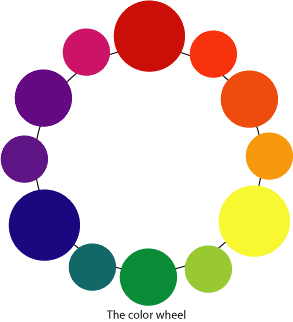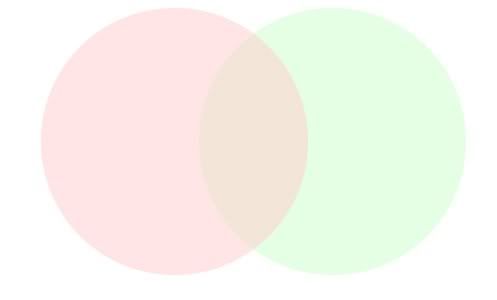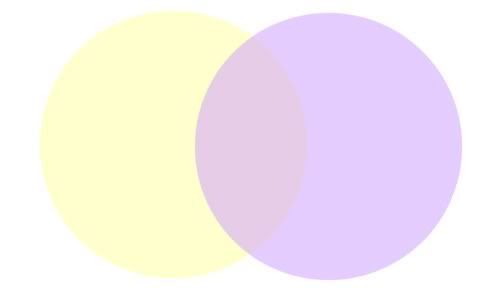
Color is classified at warm and cool colors. The red, orange and yellows are warm colors. The green, blue and violets are cool colors. When you see someone with really beautiful rich golden brown hair it's because there are some warm undertones in that brown. And blondes that seem to not have any warmth in their hair... that's probably due to some cool toner.
How it works is this. All haircolor has undertones to it. Naturally people tend to have undertones that swing one way or another. Warm or Cool. This is dependent a lot of the time by what color your skin is since your hair color is just melanin from your skin. That's right! Did I totally just blow your mind or what. Your hair color is the same stuff that makes you tan! Or in my case not tan. :D To combat these sometimes unwanted tones we have to look back at our color wheel. Whatever is across from the color you have neutralizes it. So say your hair is a really red brown and you want it less red. We'd put in a bit of green. Yellow is canceled by violet. And Blue cancels Orange. Color theory in a nutshell.
So what about toners. I briefly mentioned the toners in my last blog about lightening. As you may recall hair lightens all the same! It always goes to those warm tones. We combat this by using toners. Toners are a more pastel version of this warm and cool colors. But here's a example of what they can do.



It's our jobs a stylists to be able to recognize and control these tones in hair. Generally our color lines come in more detail then your box brand generalizations of ash or warm. Ours come in number and letter combinations that help us determine how much cool or warm and what type of coolness or warmth we need to personalize your color.
